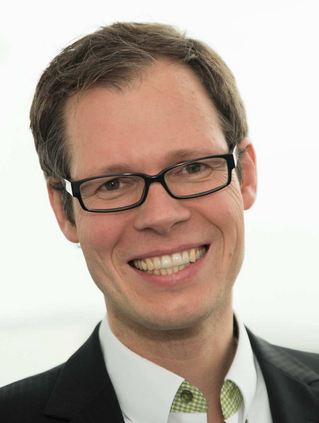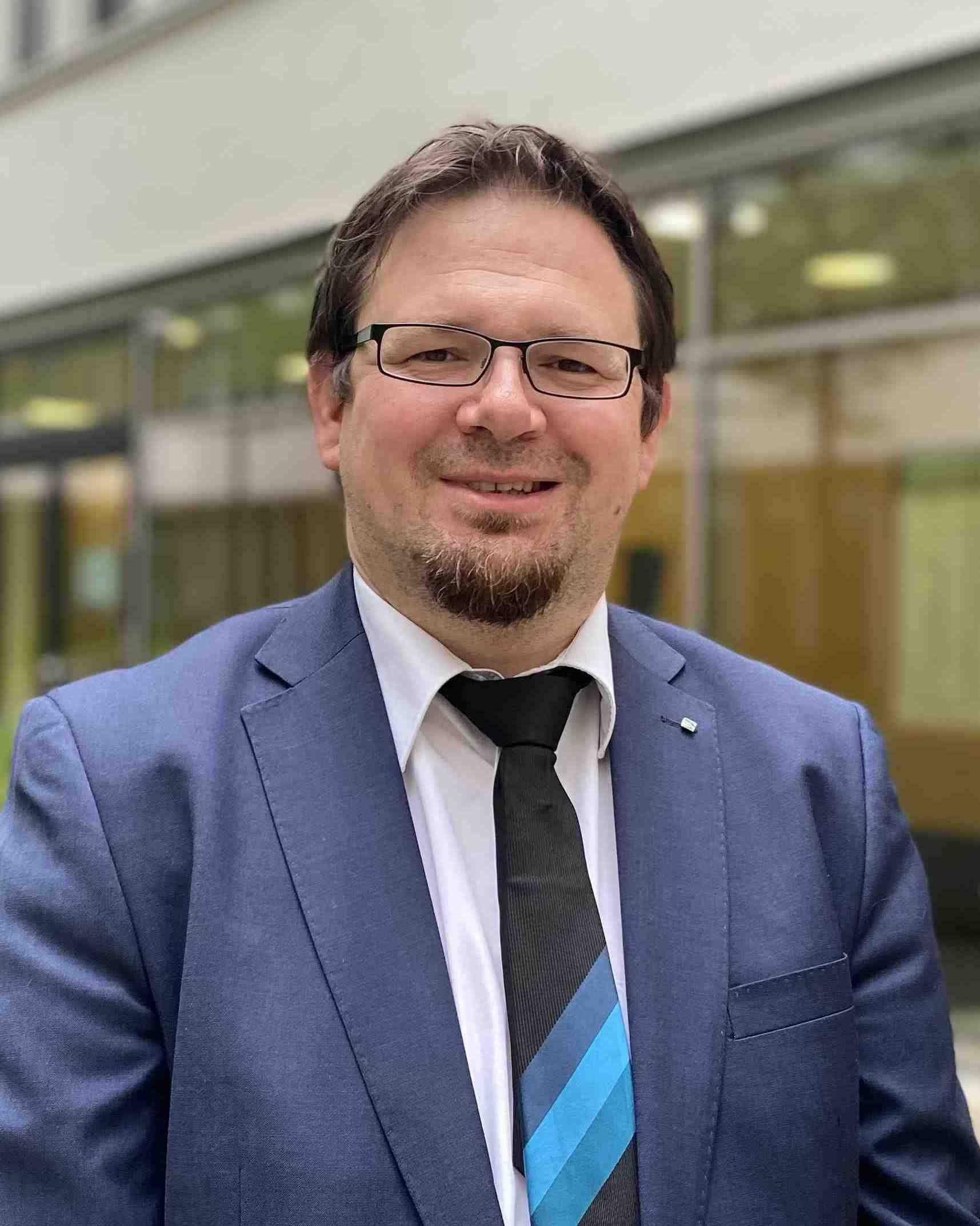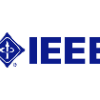Backscatter communication is a hot candidate for future IoT systems. It offers the possibility for connectivity with tiny amounts of energy that can be easily obtained from energy harvesting. This is possible as backscatter devices do not actively transmit electromagnetic waves. Instead they only reflect existing electromagnetic waves by changing the antenna load. This fact leads to significant differences compared to classical communication wrt. the modulation schemes and achievable data rates. However, to our best knowledge nobody has so far systematically analyzed the achievable data rates and transmit ranges for different parameter configurations. Within this paper we derive theoretical bounds for backscatter communications based on classical information theory. We then use these bounds to analyze how different parameters - e.g. the distance, the frequency, or the transmit power - affect the achievable data rates. The bounds are derived for mono-static configuration, as well as for bi-static configurations. This allows feasibility analyses for different use-cases that are currently discussed in 3GPP and IEEE 802.
翻译:后向散射通信是未来IoT系统的一个热点候选。 它提供了与从能源采集中容易获得的微小能量连接的可能性。 这是可能的, 因为后向散射装置不会积极传输电磁波。 相反, 它们只能通过改变天线负荷来反映现有的电磁波。 这一事实导致与古老的通信轨迹、 调制计划和可实现的数据率相比存在巨大差异。 然而, 据我们所知, 到目前为止没有人能够系统地分析可实现的数据率并传输不同参数配置的范围。 在本文中, 我们根据古典信息理论为后向散射通信获取理论界限。 我们随后使用这些界限来分析不同参数( 如距离、 频率或传输力) 如何影响可实现的数据率。 这些界限是用于单静电配置以及双静态配置的。 这样可以对当前在 3GPP 和 IEEEE 802 中讨论的不同使用案例进行可行性研究。</s>









